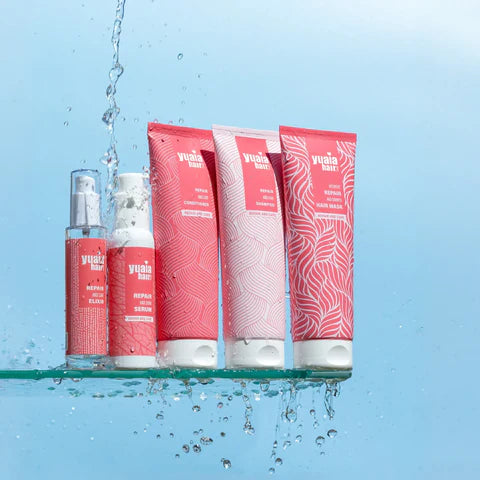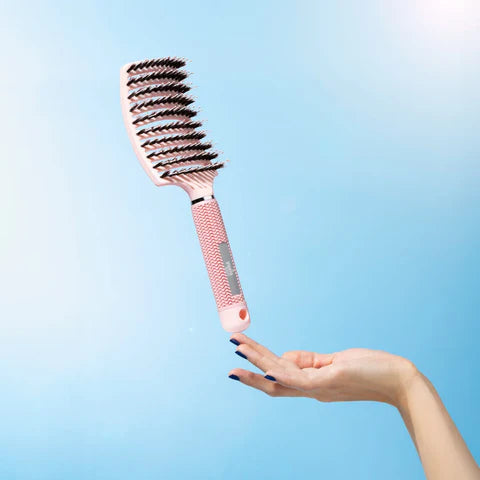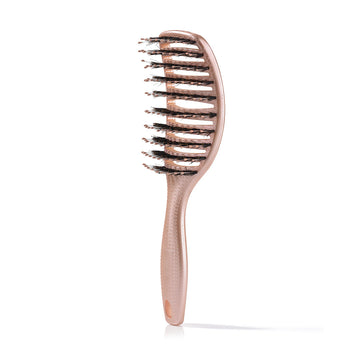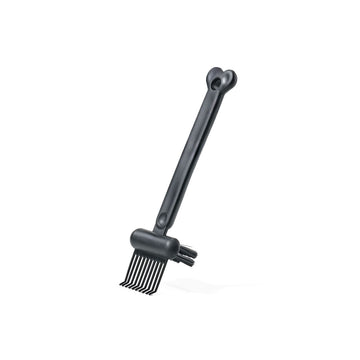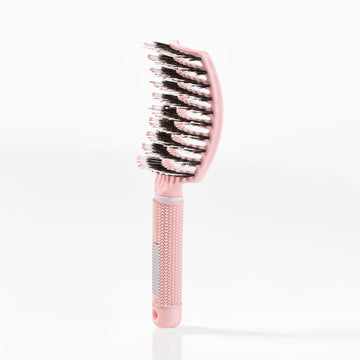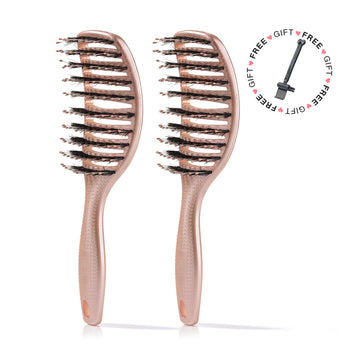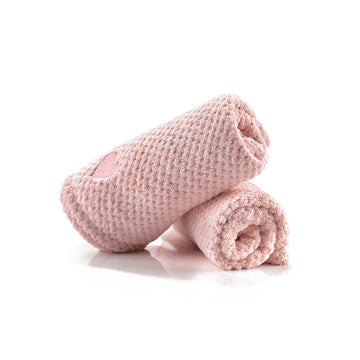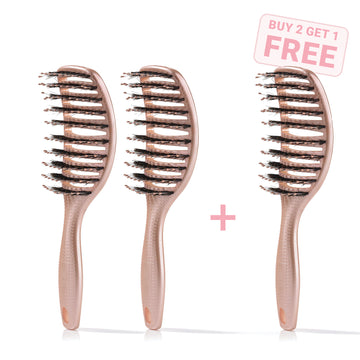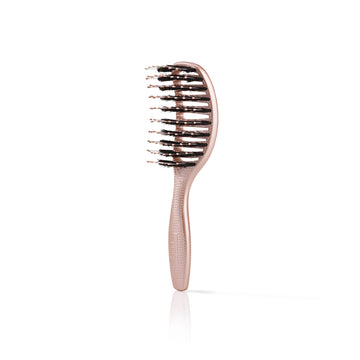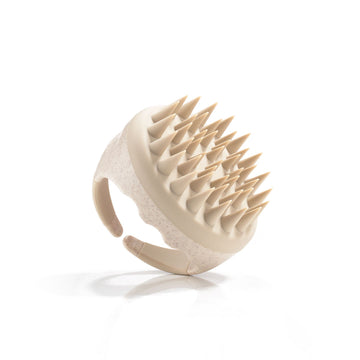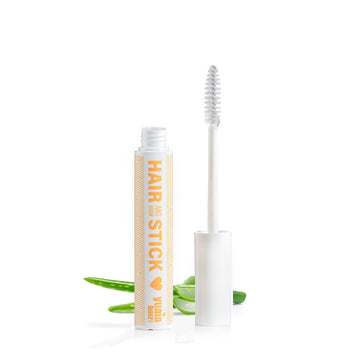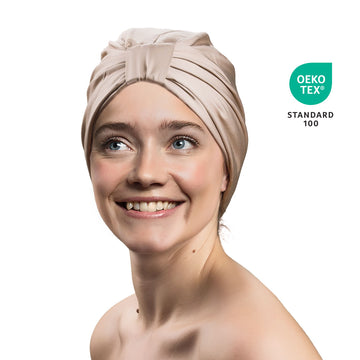
Biological and Environmental Influences
The reasons behind seasonal shedding are both biological and environmental. From an evolutionary perspective, retaining more hair during colder months helps maintain warmth, while shedding occurs as temperatures rise. Additionally, increased daylight and environmental changes in summer can prompt more hair follicles to enter the telogen phase. This natural cycle, while sometimes alarming, is generally a normal part of hair health.
Understanding these patterns can help alleviate concerns about seasonal shedding. By recognizing that this process is a natural aspect of the hair growth cycle, individuals can better prepare for and manage the changes that come with each season.
Environmental Factors Influencing Hair Shedding
While the biological cycle of hair growth plays a significant role in seasonal shedding, environmental factors also contribute to how hair behaves during different times of the year. In summer, increased exposure to sunlight and higher humidity levels can affect the scalp and hair health. Sunlight, while beneficial in moderate amounts, can lead to damage when exposure is excessive, causing hair to become brittle and more prone to breakage. This, combined with the natural shedding cycle, may give the impression of increased hair loss.
On the other hand, winter brings its own set of challenges. The dry air and increased use of indoor heating can lead to a dry scalp, resulting in breakage rather than shedding. Understanding these seasonal differences can help you tailor your hair care routine to better protect and nourish your hair throughout the year.
Maintaining Hair Health in Summer
To keep your hair healthy during the summer and transition smoothly into autumn, consider implementing a few key practices:
- Hydration: Keeping your scalp and hair well-moisturized is essential. Opt for hydrating shampoos and conditioners to maintain moisture levels.
- Sun Protection: Use products that offer UV protection to shield your hair from sun damage. Wearing a hat can also provide an extra layer of protection.
- Gentle Hair Care: Avoid harsh treatments and opt for gentle handling. This includes using a soft brush to minimize breakage.
Myths About Summer Hair Shedding
A common misconception is that summer directly causes increased hair shedding. While it might seem like more hair is lost during the warmer months, it's actually the transition of hair follicles into the telogen phase that initiates this process. The visible shedding typically peaks in late summer to early autumn. This natural cycle is a normal part of hair growth and not usually a cause for concern unless accompanied by other symptoms.
By understanding the seasonal patterns and taking proactive steps to maintain hair health, you can manage the changes that occur throughout the year. Embrace the natural cycle, and remember that shedding is a sign of renewal and growth.
Practical Advice on Brushing
Brushing your hair with care is important to minimize breakage, especially during periods of increased shedding. Using a brush made with gentle materials can make a significant difference. At Yuaia Haircare, we offer the Curvy Brush, which is made with boar bristles to help detangle hair effectively while being gentle on the scalp. Regular, gentle brushing not only helps distribute natural oils but also keeps your hair looking healthy and smooth.
Frequently Asked Questions
Does everyone experience more hair shedding in summer?
Not everyone will notice increased hair shedding in summer. Shedding patterns can vary depending on individual hair types, climates, and personal care routines. While some may observe more shedding, others might not notice any significant change.
What can I do if I notice excessive hair shedding?
If you find that your hair shedding is excessive or accompanied by other symptoms such as thinning or bald patches, it may be wise to consult a professional. They can help determine if there are underlying issues that need to be addressed.
Are there specific hair care routines for summer?
Yes, adapting your hair care routine for summer can help maintain hair health. Focus on using sulfate-free, hydrating products to keep your hair and scalp moisturized. Additionally, protecting your hair from the sun and avoiding harsh treatments will help manage the transition into autumn effectively.
 2-4 day UK delivery
2-4 day UK delivery
 25.000+ satisfied customers
25.000+ satisfied customers
 Satisfaction Guarantee
Satisfaction Guarantee



